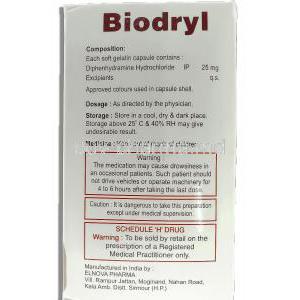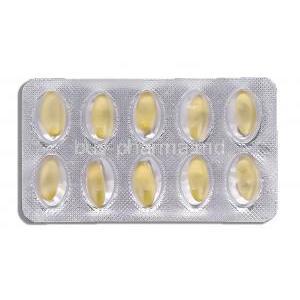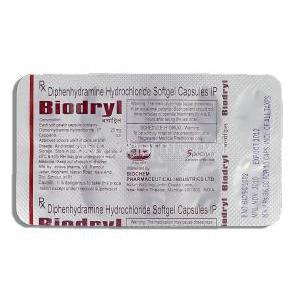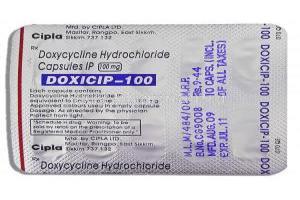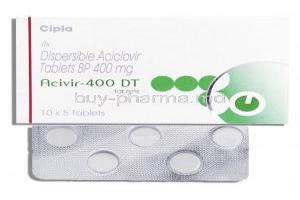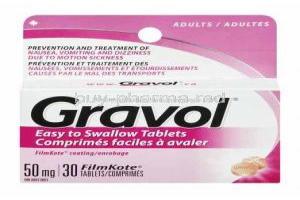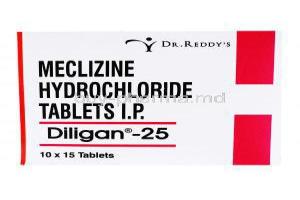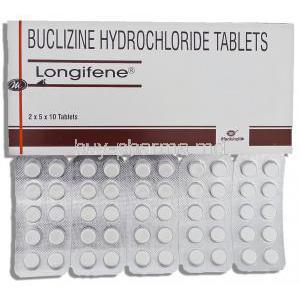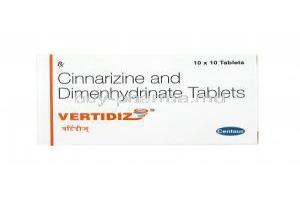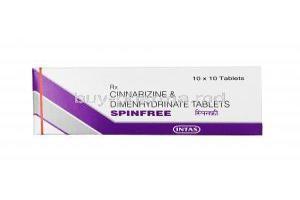Diphenhydramine
- I. Introduction
- II. Uses of Diphenhydramine
- III. Off-Label Uses
- IV. How Diphenhydramine Works
- V. Dosage and Administration
- VI. Composition
- VII. Storage
- VIII. Interaction
- IX. Warning
- X. Contraindication
- XI. Careful Administration
- XII. Important Precautions
- XIII. Administration to Specific Populations
- XIV. Over Dosage
- XV. Handling Precautions
- XVI. Common Side Effects
- XVII. Conclusion
I. Introduction
A. Brief History of Diphenhydramine
Diphenhydramine, introduced by Dr. George Rieveschl in 1943, was a groundbreaking advancement in antihistamine treatment that made its mark in history. This compound effectively addressed reactions paving the way for subsequent antihistamines. In the 1940s, Diphenhydramine received FDA approval and gradually became a standard feature in numerous households and medical establishments.
B. Chemical Classification and Structure
Diphenhydramine is classified as an antihistamine in the ethanolamine group. In terms of its structure, it is composed of two benzene rings linked by a chain, which gives it a combination of properties that are both attracted to water and oil. This distinct dual structure allows it to efficiently cross the blood-brain barrier, which's not something that many medications can easily accomplish.
C. Overview of Uses and Applications
Diphenhydramine has been a medication since its creation. It serves not as an antihistamine but also offers various therapeutic benefits. These include relieving allergies and promoting sleep. In the following sections, we will explore these uses in depth.
II. Uses of Diphenhydramine
A. FDA-Approved Indications
The FDA acknowledges the use of diphenhydramine for purposes. These include reducing redness and itchiness in the eyes caused by conjunctivitis12, addressing skin rashes and hives associated with urticaria23, relieving a runny nose commonly associated with allergies 23, and acting as a sedative for occasional sleeplessness23. Diphenhydramine is a first-generation antihistamine that blocks the effects of histamine, a chemical created by the immune system3.
1: HIGHLIGHTS OF PRESCRIBING INFORMATION TALVEY Biweekly (Every 2 Weeks … 2: Diphenhydramine Uses, Dosage & Side Effects - Drugs.com 3: Diphenhydramine: Uses, Side Effects, Dosages, Precautions - Verywell Health
B. Symptomatic Relief of Allergies
Diphenhydramine is a remedy for allergies. It works by blocking histamine, which is a substance released during allergic reactions, thus reducing symptoms such as sneezing, itching and watery eyes123. Additionally, it acts quickly to provide relief, comforting those affected4.
1: Allergy Relief (Diphenhydramine) Oral: Uses, Side Effects … - WebMD 2: Benadryl Allergy - Uses, Side Effects, and More - WebMD 3: Diphenhydramine Uses, Dosage & Side Effects - Drugs.com 4: Benadryl (diphenhydramine): Dosage, side effects, uses, and more
C. Sleep Aid Applications
Due to its calming effects, diphenhydramine also serves as a sleep aid. It provides a refuge for those who occasionally struggle with insomnia, allowing them to achieve a restful night’s sleep12. By slowing down the nervous system, it facilitates the process of falling asleep and enables individuals to regain control of their nights3. However, diphenhydramine can also cause side effects and should not be taken as a treatment for chronic insomnia145.
1: Should You Take Benadryl for Sleep? | Sleep Foundation 2: Can diphenhydramine be used as a sleep aid? - Drugs.com 3: Diphenhydramine Uses, Dosage & Side Effects - Drugs.com 4: Using Diphenhydramine as a Sleep Aid Insomnia Treatment - Verywell Health 5: Sleep Aid (Diphenhydramine) Oral: Uses, Side Effects … - WebMD
D. Motion Sickness Management
Sometimes when we travel, we may experience a sensation called motion sickness. However, there is a solution to this problem: diphenhydramine. By using this medication, we can effectively prevent symptoms such as nausea, dizziness, and vomiting12. Its ability to reduce these effects allows travelers to enjoy their journeys with peace of mind and make them more enjoyable. However, diphenhydramine can also cause drowsiness and other side effects, so it should be used cautiously and as directed by a doctor12. There may be other medications that are more effective or have fewer side effects for motion sickness, such as scopolamine3.
1: Diphenhydramine Uses, Dosage & Side Effects - Drugs.com 2: Diphenhydramine: MedlinePlus Drug Information 3: Treatment of Motion Sickness | AAFP
III. Off-Label Uses
A. Anxiety and Stress Reduction
Although not primarily intended for this purpose, diphenhydramine has been discovered to affect anxiety and stress. Its sedative properties help soothe frayed nerves and troubled minds, bringing a sense of tranquility1. However, diphenhydramine is not a recommended treatment for anxiety, as it can also cause side effects such as drowsiness, dry mouth, blurred vision, and confusion12. Some people may even experience increased anxiety or agitation after taking diphenhydramine2. Therefore, diphenhydramine should only be used as directed by a doctor and for short-term relief of allergy or insomnia symptoms13. Some other medications and therapies are more effective and safer for treating anxiety disorders3.
: Can You Use Benadryl for Anxiety? - Verywell Mind 2: Can Benadryl Cause Anxiety? Side Effects and Precautions - Healthline 3: Is Benadryl Effective for Anxiety? - Healthline
B. Treatment of Extrapyramidal Symptoms
Extrapyramidal symptoms, which are commonly seen as side effects of medications, cause movement disorders such as akathisia, dystonia, parkinsonism, and tardive dyskinesia12. Due to its properties, Diphenhydramine provides relief by counteracting these symptoms and promoting a more balanced neuromotor function34. Diphenhydramine is an antihistamine that blocks the effects of histamine, a chemical that can cause allergic reactions and affect the brain and nervous system35. Diphenhydramine can help reduce the involuntary muscle contractions, restlessness, and tremors that are associated with extrapyramidal symptoms4. However, diphenhydramine should only be used as prescribed by a doctor and for short-term treatment of extrapyramidal symptoms, as it can also cause side effects such as drowsiness, dry mouth, blurred vision, and confusion35. There may be other medications that are more effective or have fewer side effects for extrapyramidal symptoms, such as anticholinergics or benzodiazepines2.
3: Diphenhydramine Oral: Uses, Side Effects, Interactions … - WebMD 5: Diphenhydramine Uses, Dosage & Side Effects - Drugs.com 1: Extrapyramidal Symptoms: What Causes Them and How to Stop Them - Healthline 4: Diphenhydramine: Uses, Side Effects, Dosages, Precautions - Verywell Health 2: Extrapyramidal Symptoms - StatPearls - NCBI Bookshelf
C. Migraine Prophylaxis
In some situations, diphenhydramine can be used as a treatment option for managing migraines. By blocking the release of histamine, known to trigger migraines, it offers relief1. Diphenhydramine can help reduce the inflammation, nausea, and sensitivity to light and sound associated with migraines1. However, diphenhydramine is not a first-line treatment for migraines, as there is a lack of evidence to support its effectiveness and safety23. Diphenhydramine is usually used as an adjuvant therapy, meaning it is added to other medications to enhance their effects or reduce their side effects21. Diphenhydramine can also cause side effects such as drowsiness, dry mouth, blurred vision, and confusion, which may worsen the symptoms of migraines or interfere with daily activities45. Therefore, diphenhydramine should only be used for migraines under the guidance of a doctor and for short-term relief14. There may be other medications that are more effective or have fewer side effects for migraines, such as triptans, NSAIDs, or antiemetics34.
2: Diphenhydramine for Acute Migraine - Full Text View - ClinicalTrials.gov 1: Benadryl For Migraine - 19 Important Questions and Answers 3: Acute Migraine Headache: Treatment Strategies | AAFP 4: Migraine - Diagnosis and treatment - Mayo Clinic 5: Benadryl Side Effects: What They Are and How to Manage Them - Healthline
IV. How Diphenhydramine Works
A. Mechanism of Action
Diphenhydramine works at a level by blocking the H1 receptor. In words, it stops histamine, a powerful trigger of allergy symptoms, from attaching to its receptors. This blockage helps prevent the chain reaction of reactions and relieves symptoms.
B. Pharmacokinetics and Pharmacodynamics
After consumption, Diphenhydramine quickly enters the bloodstream, and its maximum impact is noticeable within an hour. In the liver, it undergoes metabolism before being eliminated through the kidneys. On average, the drug remains in the system for about 2.5 to 8.3 hours, known as its life.
C. Impact on Central Nervous System
The sedative effects of Diphenhydramine are attributed to its influence on the nervous system (CNS). By reducing activity in the CNS, it induces feelings of sleepiness, which's why it is used as a sleep aid. However, being cautious is essential since this can also negatively affect abilities and motor skills.
V. Dosage and Administration
A. Standard Adult Dosing Guidelines
The usual recommended dose for grown-ups is between 25 and 50 mg, taken every 4 to 6 hours. However, it's essential not to exceed a total of 300 mg within 24 hours. It's crucial to follow these instructions to avoid any risk of taking too much.
B. Pediatric Dosing Guidelines
For kids between the ages of 6 and 12, giving them a dose of 12.5 to 25 mg every 4 to 6 hours is advisable. Make sure not to exceed a total of 150 mg in a day. If your child is under 6, it's essential to consult with a pediatrician before giving them any medication.
C. Adjustment for Specific Populations
People with liver or kidney problems may need to adjust their medication doses. Likewise, older patients might require changes in dosage because their bodies process drugs differently. These groups must have checkups and consult with their doctors.
D. Routes of Administration
Diphenhydramine offers options for administration. It can be taken orally in tablets, capsules, or liquid formulations. In urgent cases or depending on specific therapeutic requirements and the patient's age, it may also be administered via injection to provide relief. The choice of administration route is determined by factors such as the patient's needs and preferences, age, and the urgency of symptom relief.
VI. Composition
A. Active Ingredient
Diphenhydramine Hydrochloride is the active component found in diphenhydramine. It functions as a first-generation antihistamine working against histamine to alleviate allergic symptoms.
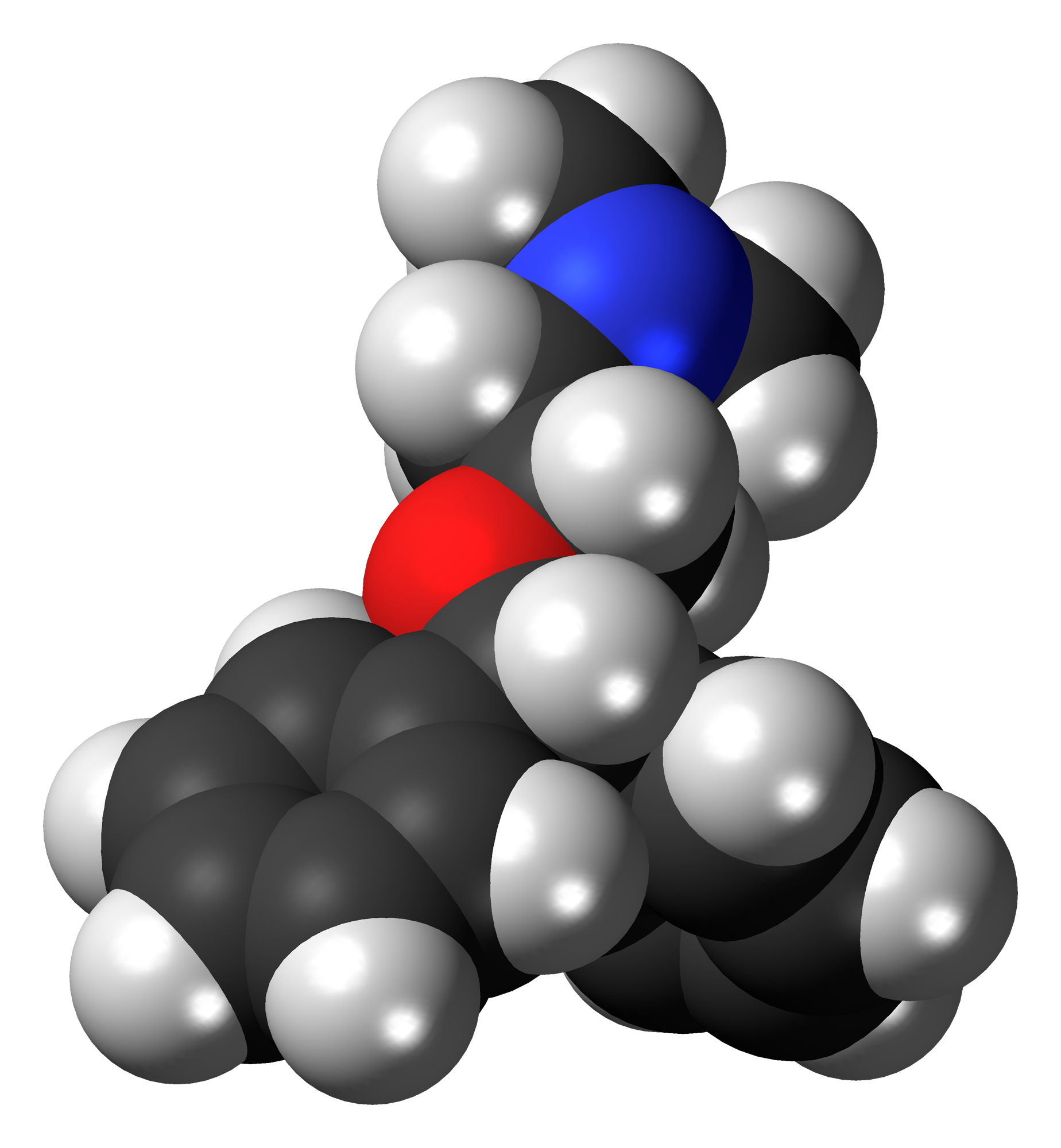
B. Inactive Ingredients and Excipients
The nonactive substances, also known as excipients, found in products may consist of; Cellulose compounds, dyes and colorants gelatin, magnesium stearate, and silicon dioxide. These ingredients do not possess any properties but shape the drug's form, add color, and make it easier to administer.
C. Available Formulations (Tablets, Liquid, Injection)
Diphenhydramine is produced in forms to cater to the varying requirements of patients. These include tablets and capsules, liquid syrup or elixir injectable solutions, topical creams and gels. This versatility enables healthcare providers to prescribe the suitable form based on the patient's condition, age, and personal preference.
VII. Storage
A. Ideal Storage Conditions
To ensure that diphenhydramine remains in its condition, it should be stored at room temperature avoiding high temperatures and moisture. Also, keep it from light and securely closed when not being used.
B. Shelf Life and Expiry Consideration
Like any medication, it is essential to avoid using diphenhydramine after its expiration date. This date ensures the product's quality and effectiveness. Using it beyond this point may lead to a decrease in efficacy and an increased risk of contamination.
C. Safety Measures for Disposal
When you have diphenhydramine that you no longer need or have expired, it's essential to dispose of it. Avoid flushing it down the toilet or drain. Instead, It is recommended contacting waste disposal agencies or speaking with a pharmacist for advice on safe and environmentally friendly ways to get rid of it.
VIII. Interaction
A. Drug-Drug Interactions
It's essential to be aware that diphenhydramine can interact with medications, potentially changing how they work. Some interactions to consider are; Other antihistamines or sedatives, Alcohol, Anticholinergic drugs Certain antidepressants. Before combining diphenhydramine with any other medications, it is crucial to consult with a healthcare professional.

B. Drug-Food Interactions
Although diphenhydramine usually doesn't interact much with food, taking it with meals is recommended to minimize any gastrointestinal side effects. Remember to follow the instructions on the packaging or those given by a healthcare professional.
C. Impact of Alcohol and Recreational Substances
Drinking alcohol or using recreational substances can worsen the sedative effects of diphenhydramine, which can significantly affect your ability to move and think. That's why avoiding these substances is recommended while taking this medication.
IX. Warning
A. Black Box Warnings
Currently, diphenhydramine does not carry any box warnings issued by the FDA. However, it is essential to read and follow all the signs mentioned on the packaging and follow healthcare professionals' guidance.
B. Potential for Drowsiness and Impaired Function
Diphenhydramine is well known for its sedating effects, which can help treat insomnia. However, it's essential for individuals to be aware that this medication might affect their ability to operate machinery or drive. It's crucial to gauge one's response to the drug before engaging in activities requiring mental alertness.
C. Allergic Reactions and Hypersensitivity
In some cases, people may experience a response to diphenhydramine itself. Indications of this can include a skin rash, swelling, dizziness, and trouble, with breathing. If these symptoms occur, it is essential to seek assistance right away.
X. Contraindication
A. Absolute Contraindications
Diphenhydramine should not be used in patients who are allergic to the drug or any of its components. Additionally, it is not recommended for use in newborns or premature babies due to the possibility of stimulating the nervous system and causing anticholinergic side effects.
B. Relative Contraindications
Conditions requiring caution include glaucoma, enlarged prostate, asthma, and gastrointestinal obstruction.
C. Contraindications with Specific Conditions
In people with liver or kidney problems, it is essential to adjust the dosage and closely monitor their condition because this medication is processed by the liver and eliminated through the kidneys.
XI. Careful Administration
A. Monitoring and Follow-up Recommendations
Patients prescribed diphenhydramine for long-term conditions should schedule follow-up appointments to check for any possible adverse effects and evaluate the ongoing necessity and effectiveness of the treatment.
B. Managing Missed Doses
Suppose you happen to miss a dose, try to take it soon as you can. However, if it's almost time for your dose, it's better to skip the missed one and continue with your regular dosing schedule. It's important not to double up on doses.
C. Avoiding Overuse and Dependency
Since diphenhydramine has sedating effects, avoiding excessive use is advisable to prevent potential dependency. It is essential to seek guidance and follow the instructions of a healthcare professional when using this medication.
XII. Important Precautions
A. Operating Heavy Machinery and Driving
Due to its sedating effects, diphenhydramine can significantly hinder a person's capacity to operate machinery or drive a car. Before participating in tasks, individuals must evaluate how this medication impacts their alertness and coordination.
B. Concurrent Use with Alcohol or CNS Depressants
Using diphenhydramine with alcohol or other substances affecting the central nervous system (CNS) can enhance its soothing properties. This may result in heightened drowsiness, impaired coordination, and potential respiratory depression. It is generally recommended to avoid using these substances while taking diphenhydramine.
XIII. Administration to Specific Populations
A. Administration to Elderly Patients
Dosage Adjustments; Older patients might be sensitive to the impacts of diphenhydramine, so it may be necessary to make adjustments to the dosage to minimize any potential side effects and risks. It is crucial to monitor for adverse effects, such as cognitive impairment, dizziness, or other adverse reactions, in this particular age group.
B. Administration to Pregnant Women and Nursing Mothers
Pregnancy Classification and Considerations; Diphenhydramine is classified as Category B during pregnancy, meaning there's no confirmed risk for humans. Nonetheless, it's advised to use it when necessary and under the guidance of a healthcare professional. Transfer to Breast Milk and Potential Concerns; It's important to note that diphenhydramine can pass into breast milk, potentially impacting a nursing baby. Therefore nursing mothers should consult with healthcare before taking this medication.
C. Administration to Children
Dosage Recommendations Based on Age: the dosage is usually determined by their weight when it comes to children. It's essential to follow the advice of a pediatrician when using this medication. Safety and Important Factors to Consider; It's crucial to exercise caution and strictly adhere to the recommended guidelines when giving diphenhydramine to children due to the risk of severe side effects, like hallucinations and seizures.
XIV. Over Dosage
A. Signs and Symptoms of Overdose
Signs of an overdose can include; feeling extremely drowsy, being agitated, having dilated pupils, and having dry skin. It is crucial to seek medical attention if there is a suspicion of an overdose.
B. Immediate Actions and Antidotes
In case of an overdose, seeking assistance from a poison control center or emergency room is essential. Medical professionals may consider using activated charcoal and intravenous fluids as part of the treatment. Physostigmine is the antidote recommended for diphenhydramine overdose.
C. Long-term Management of Overdose
Once the patient's condition has been stabilized, long-term management is expected to involve seeking evaluation and counseling. This helps in preventing any instances of intentional overdoses.
XV. Handling Precautions
A. Proper Handling and Storage
Store diphenhydramine at room temperature and keep it away from moisture and direct sunlight. It's best to keep the medication in its packaging until you're ready to use it.
B. Preventing Accidental Ingestion
Make sure to store diphenhydramine in a place where children cannot access it to avoid consumption, as it could lead to harm or even be fatal.
C. Safe Disposal Methods
You should make sure to dispose of any diphenhydramine that you don't use or that has expired. Check your regulations to find out the best way to do this. You might have options like medicine take-back programs or following safety guidelines for throwing it away in your household trash.
XVI. Common Side Effects
A. Frequently Reported Side Effects
Some common effects of diphenhydramine may include; Feeling Experiencing dizziness, and Having a dry mouth.
B. Managing Common Side Effects
Under the guidance of a healthcare professional, one can effectively manage side effects by adjusting the dosage timing or formulation of diphenhydramine.
C. Differentiating Between Serious and Mild Side Effects
Although feeling tired or experiencing dryness in the mouth is usually mild and quite common, it is essential to seek medical attention if you are experiencing a rapid heartbeat, severe dizziness, or difficulty urinating, as these symptoms can be more serious.
XVII. Conclusion
A. Summary of Key Takeaways
Diphenhydramine is a purpose medication primarily utilized as an antihistamine. However, it's crucial to exercise usage because of its sedative properties, possible side effects, and interactions with other substances.
B. Current Research and Future Directions
Ongoing research is being conducted to investigate the connection between diphenhydramine and dementia in elderly patients. Further studies in the future will help us gain an understanding of the advantages and disadvantages of using diphenhydramine over a long period.
C. Advice for Patients and Healthcare Professionals
Patients are advised to follow the instructions provided by their healthcare provider when using diphenhydramine and promptly notify them of any side effects. Healthcare professionals should stay alert for misuse or abuse of this widely accessible medication.


